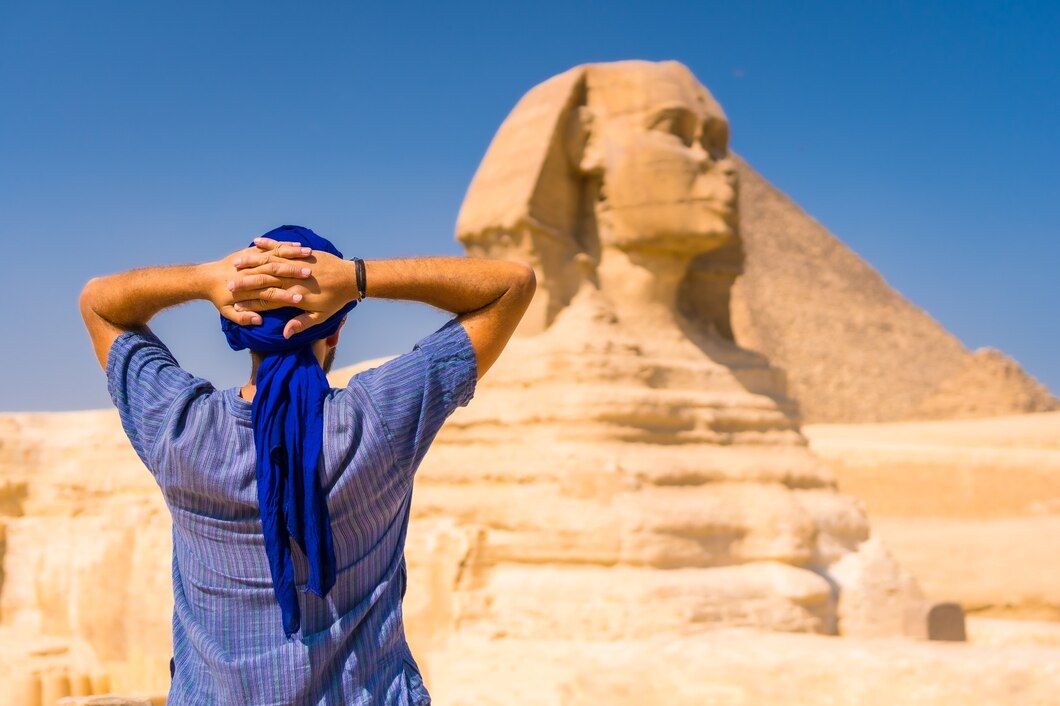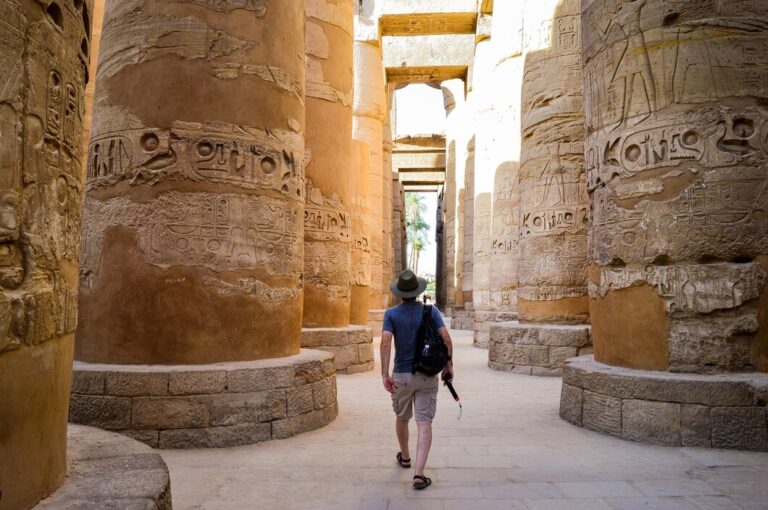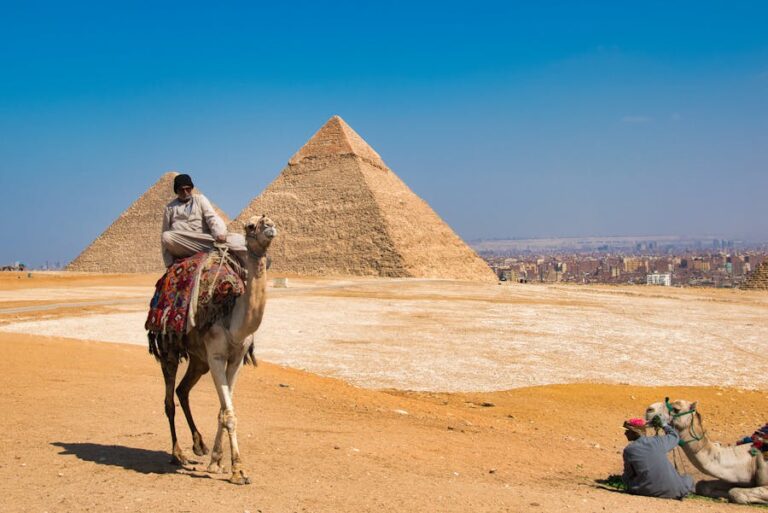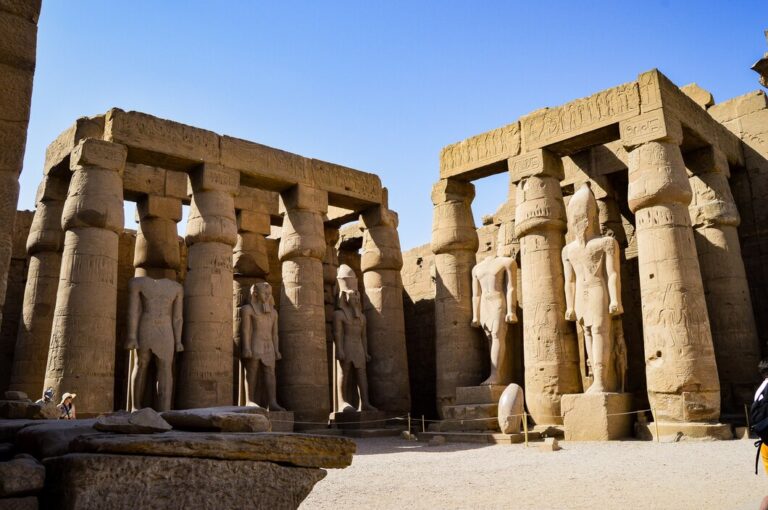How To Visit Karnak Temple In Luxor Egypt
Karnak Temple, located in Luxor, Egypt, is one of the most significant and impressive ancient religious complexes in the world. Known for its grandiose size and intricate artistry, it was a major center of worship dedicated to the god Amun and the Theban triad of Amun, Mut, and Khonsu. Visiting Karnak Temple offers a fascinating glimpse into ancient Egyptian architecture, religion, and history. Here’s a comprehensive guide on how to make the most of your visit to this extraordinary site.
Getting There
Traveling to Luxor
Luxor, situated in Upper Egypt, is accessible by various means from Cairo and other major cities. You can fly into Luxor International Airport, which is the most convenient option. Alternatively, you can take a train or bus from Cairo or other nearby cities, though this might be more time-consuming. For a unique experience, consider a Nile cruise that includes Luxor as one of its stops.
Reaching Karnak Temple
Karnak Temple is located approximately 2.5 kilometers north of Luxor’s city center. It’s easily reachable by taxi or horse-drawn carriage from most hotels in Luxor. If you’re staying in Luxor, you can also walk to the temple, but be prepared for the heat and take plenty of water.
Best Time to Visit
Seasonal Considerations
The best time to visit Karnak Temple is during the cooler months, from October to April, when temperatures are more comfortable for exploring. During the peak summer months, temperatures can be extremely high, making early morning or late afternoon visits more manageable.
Optimal Visiting Hours
Karnak Temple is generally open from 6:00 AM to 5:30 PM, with extended hours during peak tourist seasons. Arriving early helps avoid the crowds and allows you to experience the temple in the cooler part of the day. The light during the early morning and late afternoon also enhances the beauty of the temple’s architecture and carvings.
What to Expect
Exploring the Temple Complex
Karnak Temple is vast, covering over 100 hectares, and includes a series of pylons, courtyards, and halls. Key highlights include:
- The Great Hypostyle Hall: This massive hall is famous for its 134 towering columns, some of which rise over 20 meters high. The walls are adorned with detailed hieroglyphic inscriptions and carvings depicting various gods and pharaohs.
- The Sacred Lake: A large, rectangular lake that was used for purification rituals. It’s a serene spot within the temple complex, offering a picturesque view of the surrounding structures.
- The Obelisks of Hatshepsut and Thutmose I: Tall, slender monuments inscribed with hieroglyphics, standing as symbols of the pharaohs’ divine status and achievements.
- The Temple of Amun: The central and most important temple dedicated to the god Amun, featuring a series of interconnected halls and chapels.
Guided Tours and Audio Guides
To fully appreciate the historical and cultural significance of Karnak Temple, consider hiring a local guide or renting an audio guide. Guides can provide detailed information about the temple’s history, its construction, and the various monuments within the complex. Audio guides are available in multiple languages and offer a self-paced exploration option.
What to Bring
Essentials for Your Visit
- Comfortable Footwear: The temple complex is extensive, and exploring it involves a fair amount of walking. Wear sturdy, comfortable shoes suitable for uneven terrain.
- Sun Protection: Hats, sunglasses, and sunscreen are essential, especially during the hotter months, to protect yourself from the strong sun.
- Water: Stay hydrated by bringing a water bottle, as the heat can be intense, particularly during midday.
- Camera: Photography is generally permitted, but be mindful of any restrictions or rules regarding the use of flash. The temple’s elaborate carvings and majestic columns make for stunning photographs.
Cultural Etiquette
Respecting Local Customs
- Dress Modestly: While there is no strict dress code, it’s respectful to dress modestly. Covering your shoulders and knees is advisable when visiting religious sites.
- Behavior: Be respectful of the site and other visitors. Avoid touching the ancient carvings or climbing on the structures, as this can cause damage.
- Tipping: Tipping is customary in Egypt. If you receive assistance from guides or staff, a small tip is appreciated.
Nearby Attractions
Extending Your Visit
- Luxor Temple: Located in the heart of Luxor, this temple is another significant site dedicated to the Theban triad. It’s especially beautiful when illuminated at night.
- The Valley of the Kings: On the west bank of the Nile, this area contains the tombs of many pharaohs, including Tutankhamun. It provides a deeper insight into ancient Egyptian burial practices.
- The Temple of Hatshepsut: An impressive mortuary temple dedicated to the female pharaoh Hatshepsut, located near the Valley of the Kings.
Conclusion
Visiting Karnak Temple offers a profound connection to ancient Egyptian history and culture. By planning your trip thoughtfully—considering the best time to visit, preparing for the day, and respecting local customs—you can fully appreciate the grandeur of this monumental site. The intricate carvings, massive columns, and historical significance of Karnak Temple make it an unforgettable destination for anyone interested in the wonders of ancient Egypt.







